1 INTRODUCTION
1.1 OBJECTIVES
1.2 CLIENT / SERVER MODEL
1.3 REFERENCE DOCUMENTS
2 ABBREVIATIONS
3 CONTEXT
3.1 PROTOCOL DESCRIPTION
3.1.1 General communication architecture
3.1.2 MODBUS On TCP/IP Application Data Unit
3.1.3 MBAP Header description
3.2 MODBUS FUNCTIONS CODES DESCRIPTION
4 FUNCTIONAL DESCRIPTION
4.1 MODBUS COMPONENT ARCHITECTURE MODEL
4.2 TCP CONNECTION MANAGEMENT
4.2.1 Connections management Module
4.2.1.1 General description
4.2.1.2 Connection management description
4.2.2 Impact of Operating Modes on the TCP Connection
4.2.2.1 Communication break between two operational end points:
4.2.2.2 Crash and Reboot of the Server end point
4.2.2.3 Crash and Reboot of the Client
4.2.3 Access Control Module
4.3 USE of TCP/IP STACK
4.3.1 Use of BSD Socket interface
4.3.2 TCP layer parameterization
4.3.3 IP layer parameterization
4.3.3.1 IP Parameters
4.4 COMMUNICATION APPLICATION LAYER
4.4.1 MODBUS Client
4.4.1.1 MODBUS client design
4.4.1.2 Build a MODBUS Request
4.4.1.3 Process MODBUS Confirmation
4.4.1.4 Time-out management
4.4.2 MODBUS Server
4.4.2.1 MODBUS Server Design
4.4.2.2 MODBUS PDU Checking
4.4.2.3 MODBUS service processing
4.4.2.4 User Application Interface (Backend Interface)
4.4.2.5 MODBUS Response building
5 IMPLEMENTATION GUIDELINE
5.1 OBJECT MODEL DIAGRAM
5.1.1 TCP management package
5.1.2 Configuration layer package
5.1.3 Communication layer package
5.1.4 Interface classes
5.2 IMPLEMENTATION CLASS DIAGRAM
5.3 SEQUENCE DIAGRAMS
5.4 CLASSES AND METHODS DESCRIPTION
5.4.1 MODBUS Server Class
5.4.2 MODBUS Client Class
5.4.3 Interface Classes
5.4.3.1 Interface Indication class
5.4.3.2 Interface Response Class
5.4.4 Connexion Management class
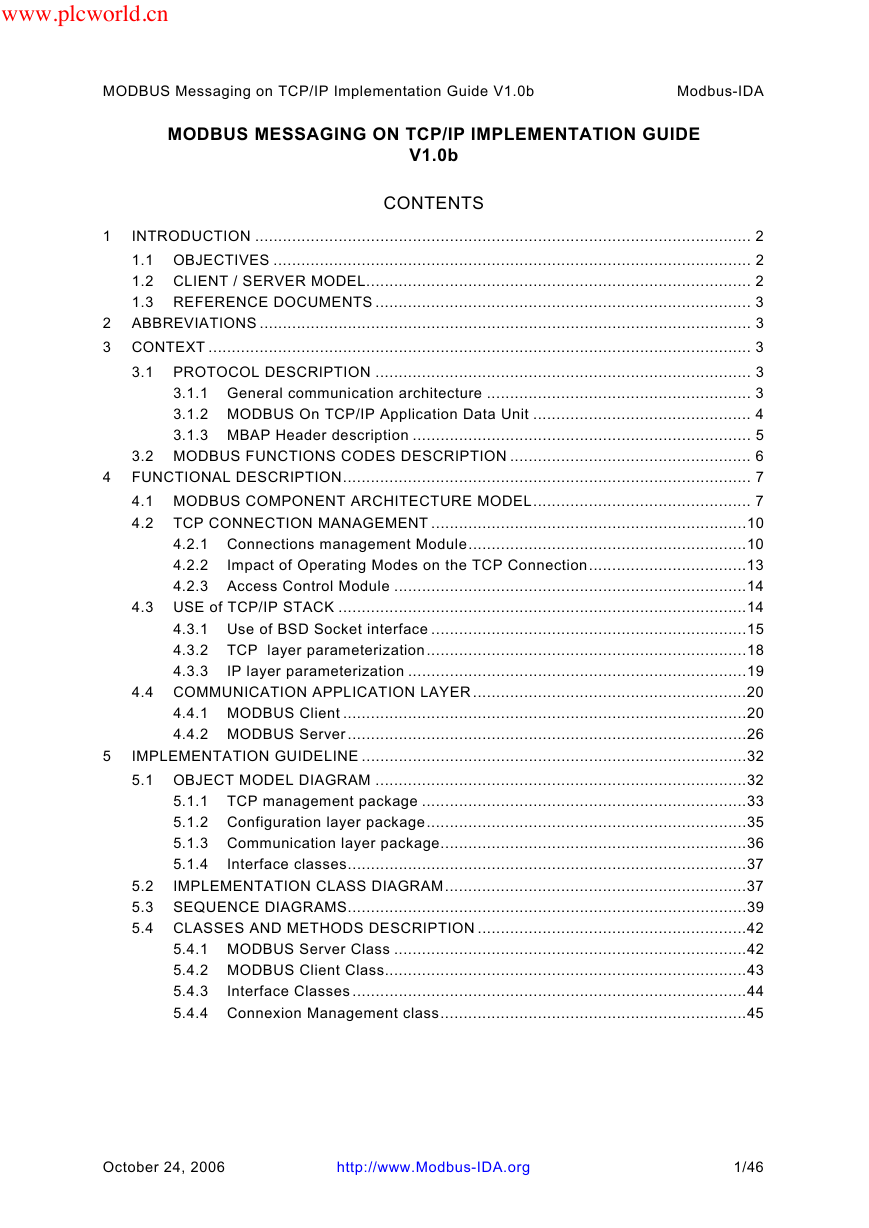
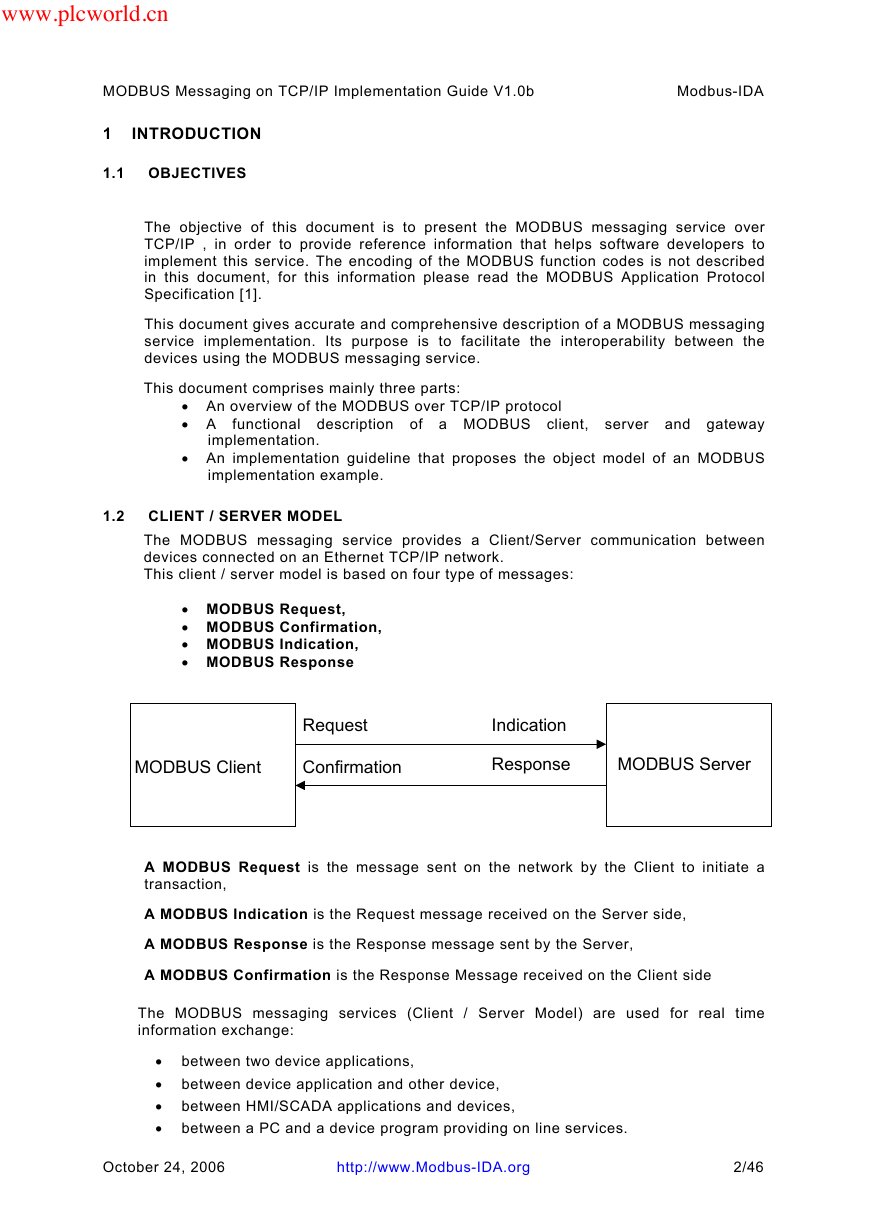
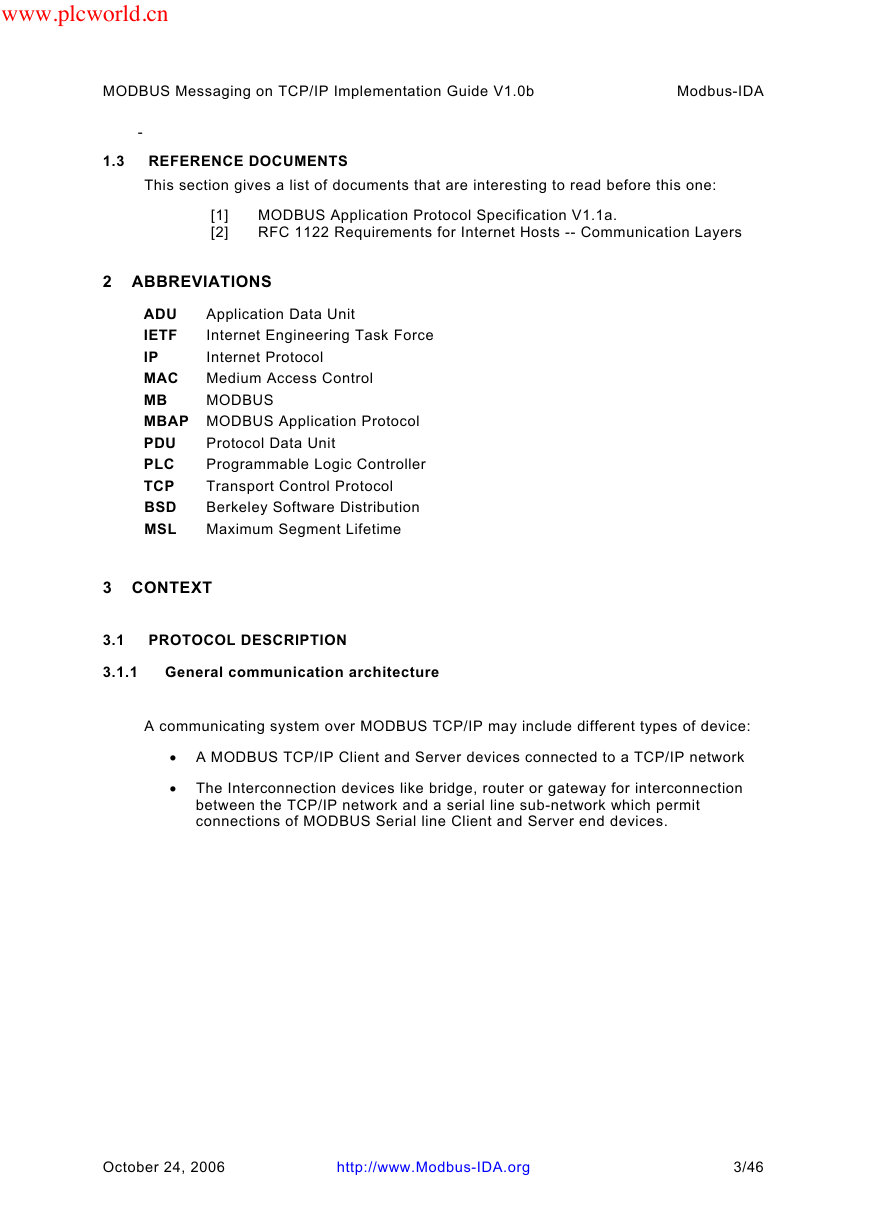

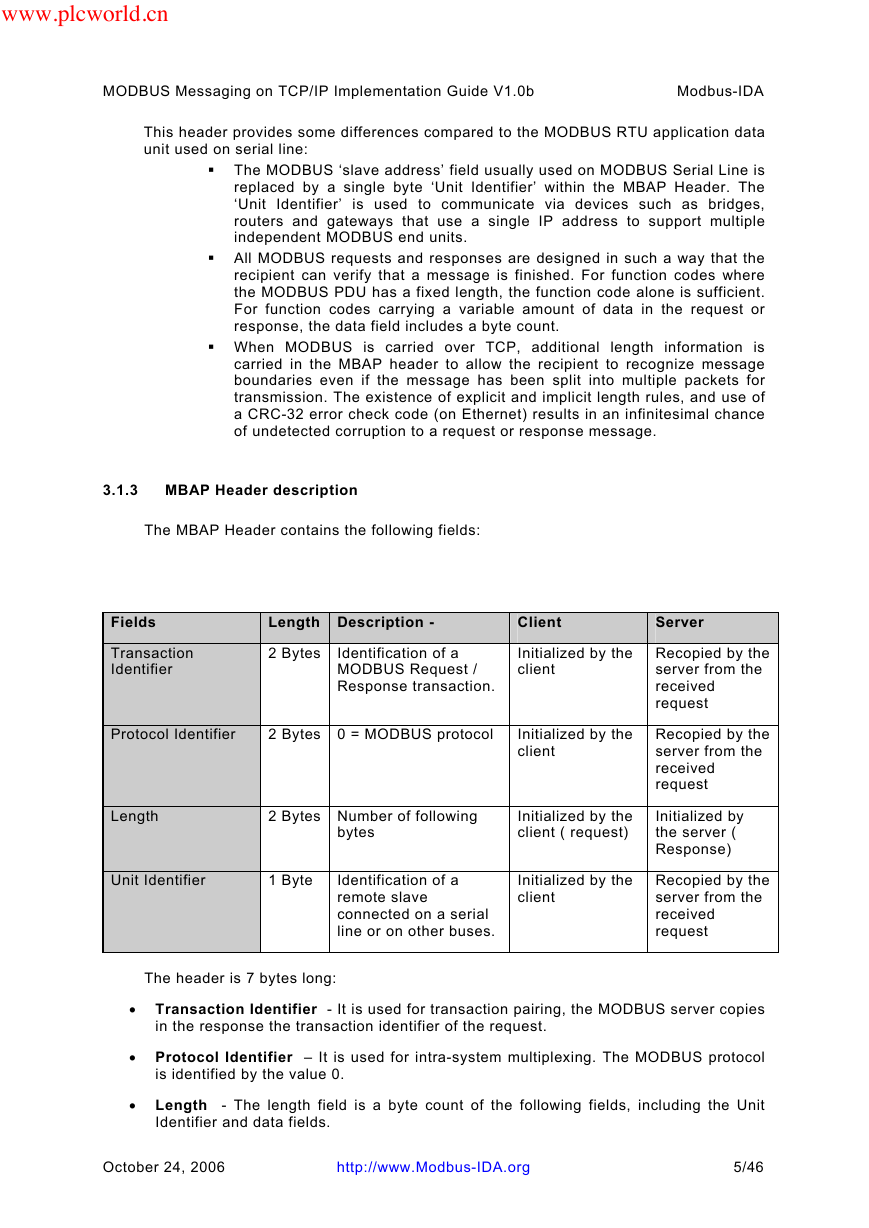
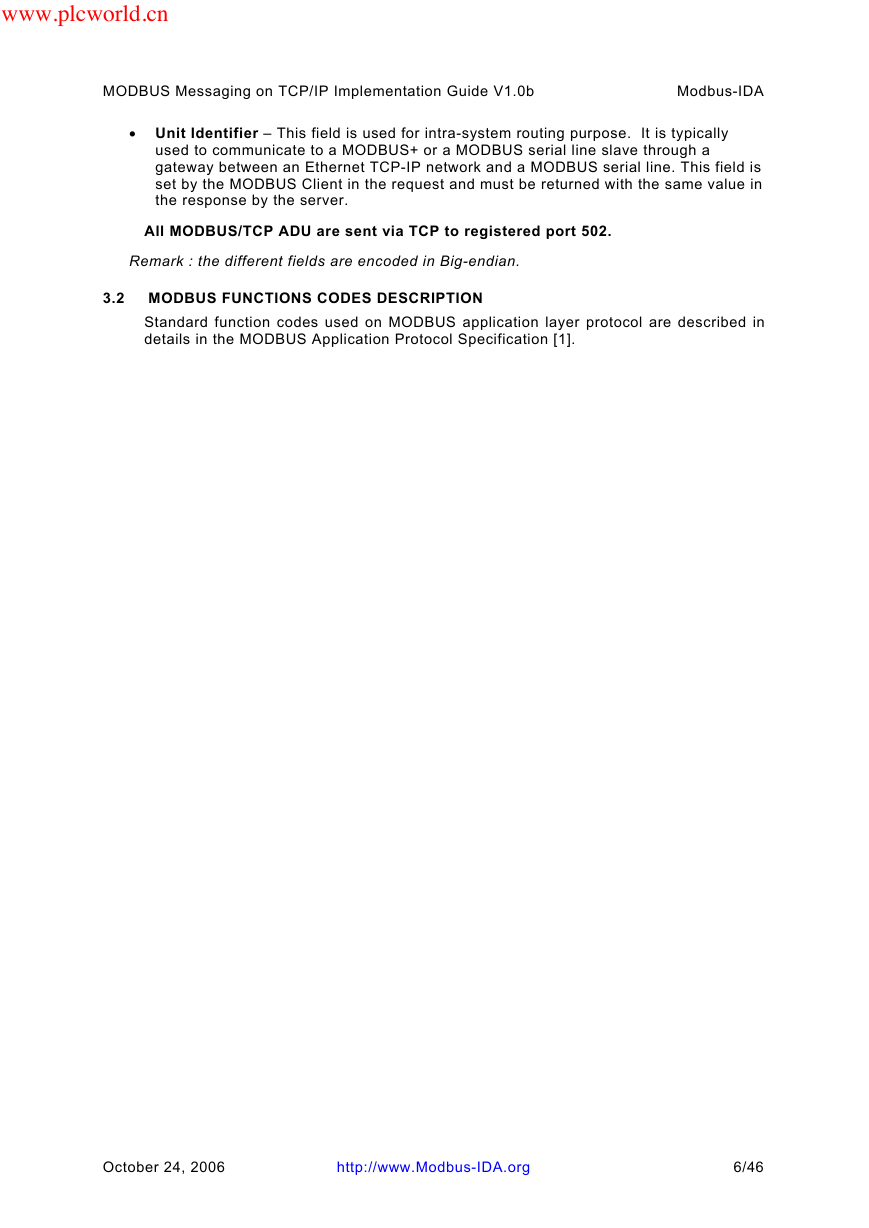
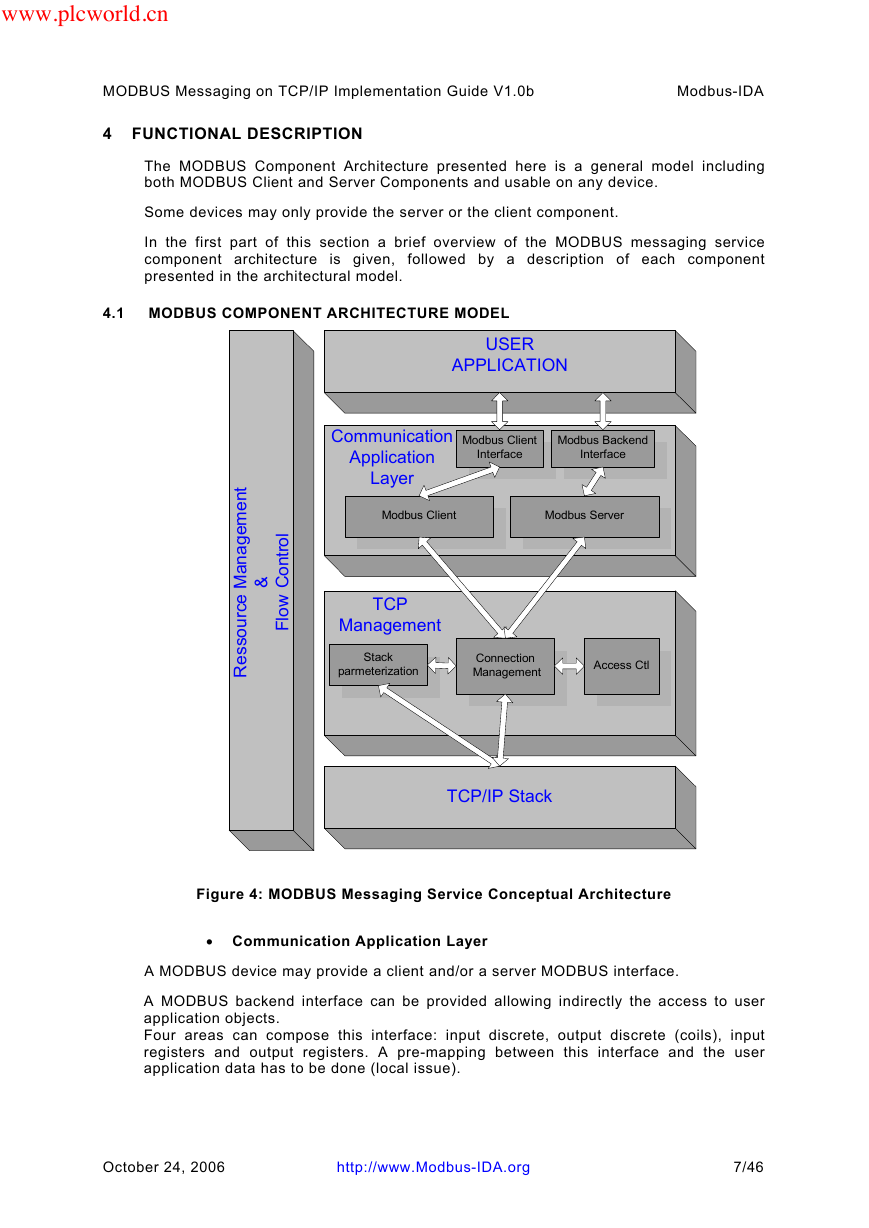
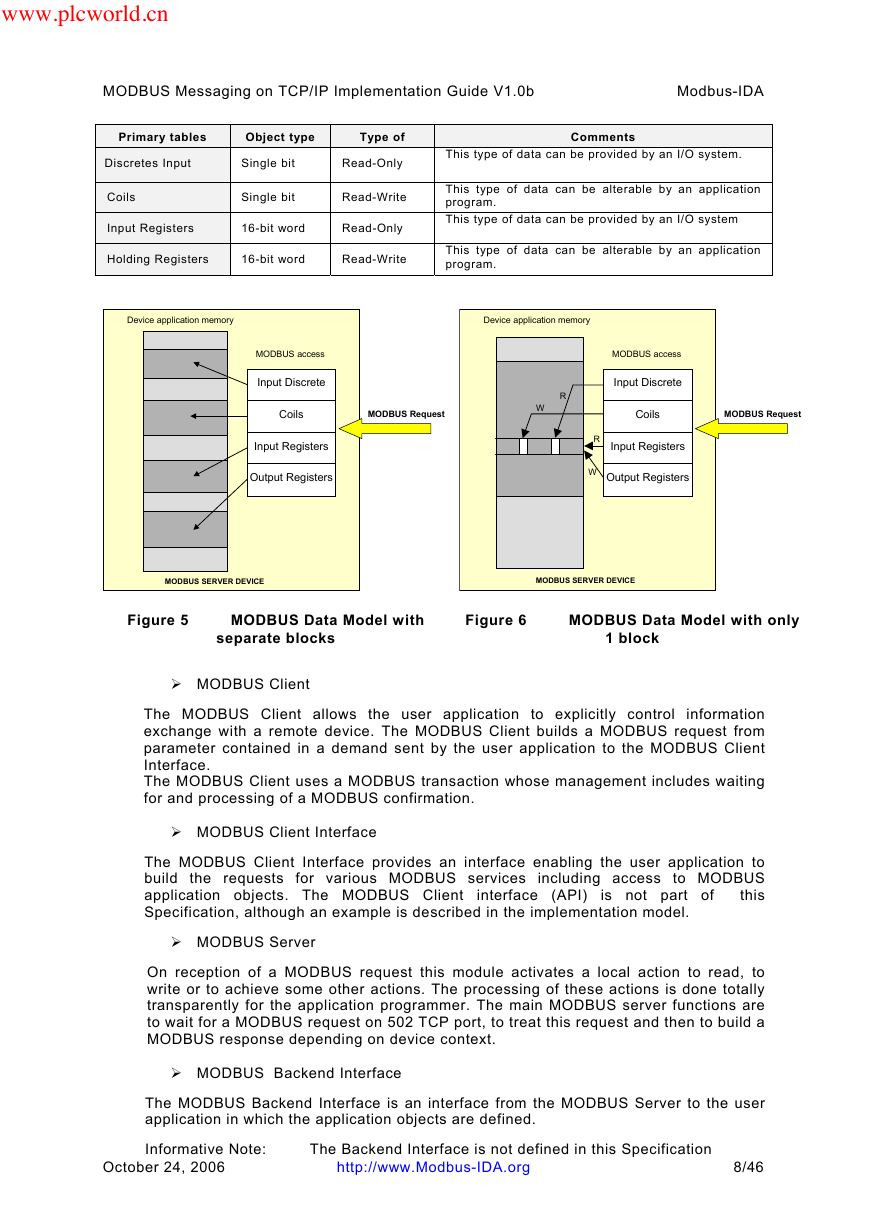








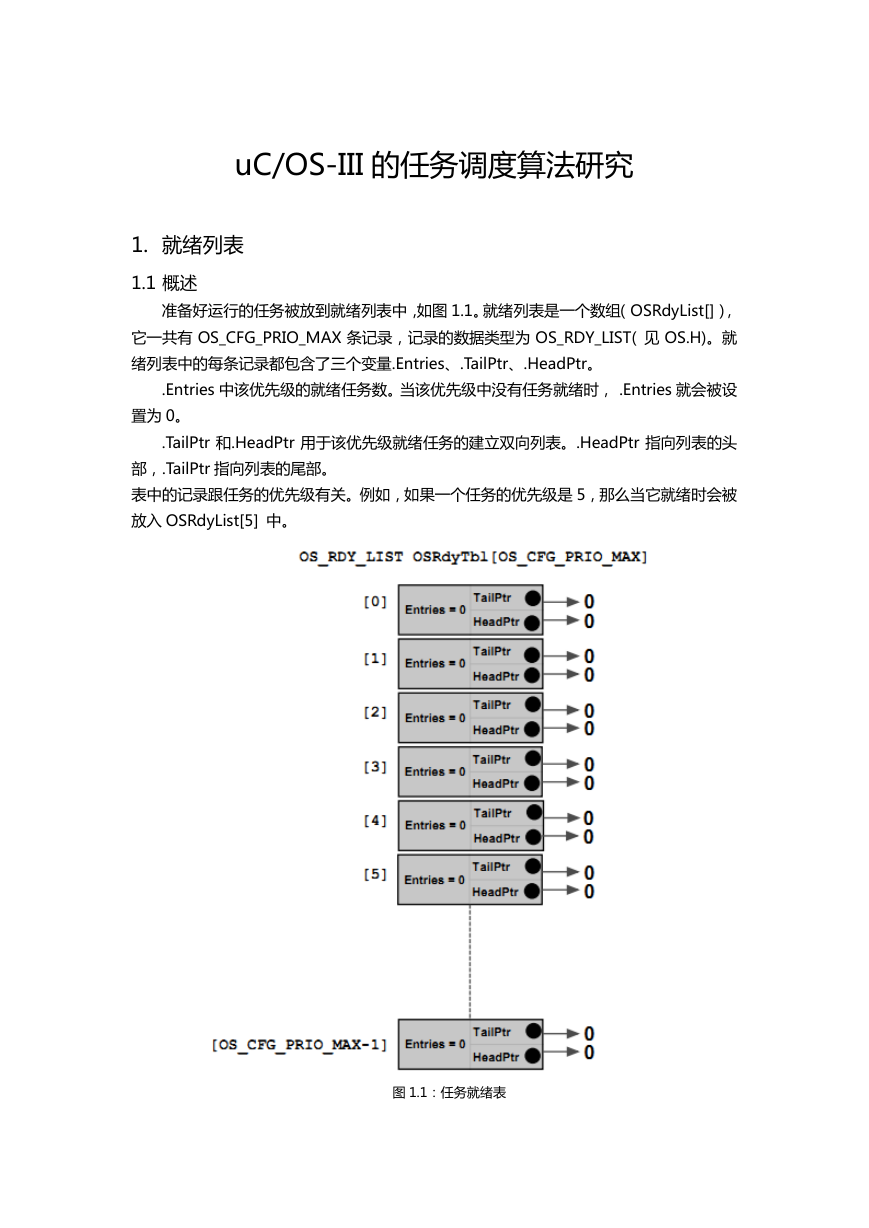 uCOS-III的任务调度算法研究.pdf
uCOS-III的任务调度算法研究.pdf STM32F103x8B_DS_CH_V10(7STM32中文数据手册).pdf
STM32F103x8B_DS_CH_V10(7STM32中文数据手册).pdf FX2N系列PLC培训教程.pdf
FX2N系列PLC培训教程.pdf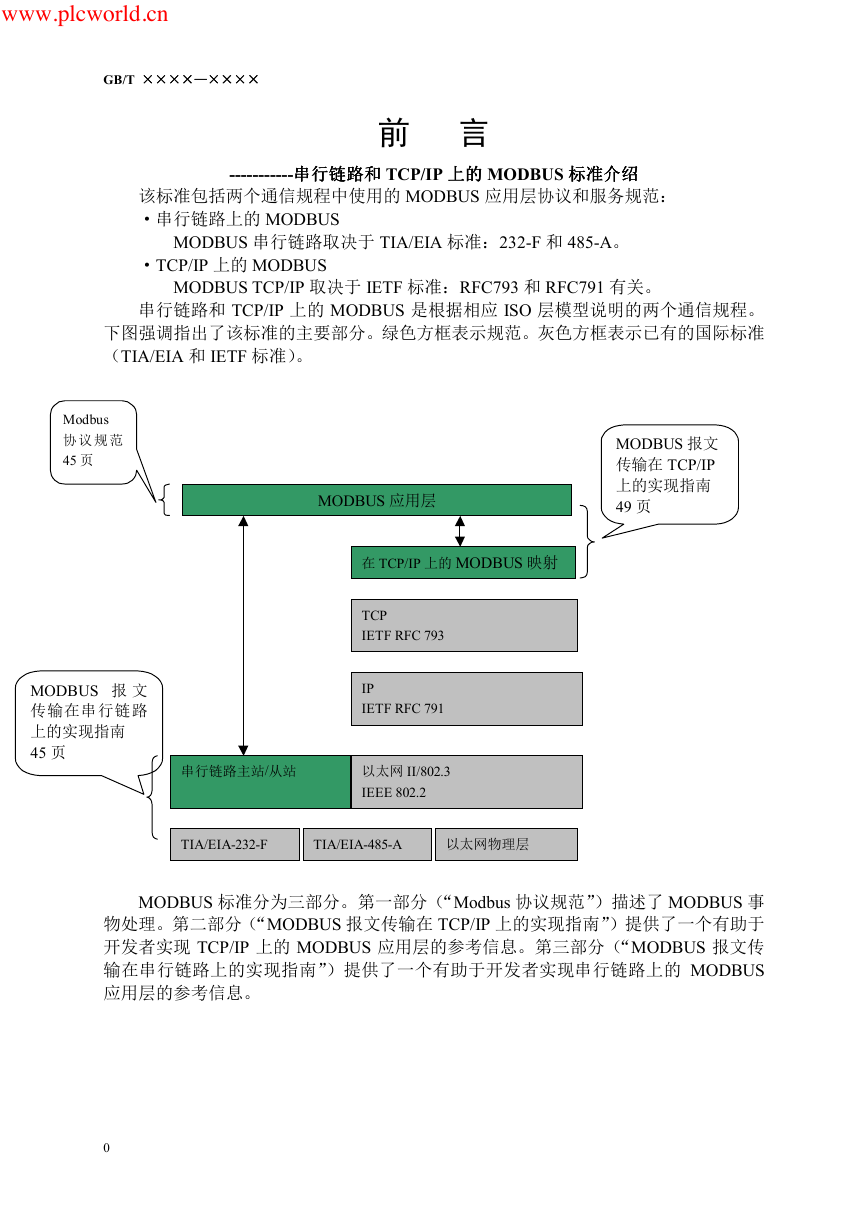 Modbus协议资料.pdf
Modbus协议资料.pdf WM8978中文资料(芯片资料).doc
WM8978中文资料(芯片资料).doc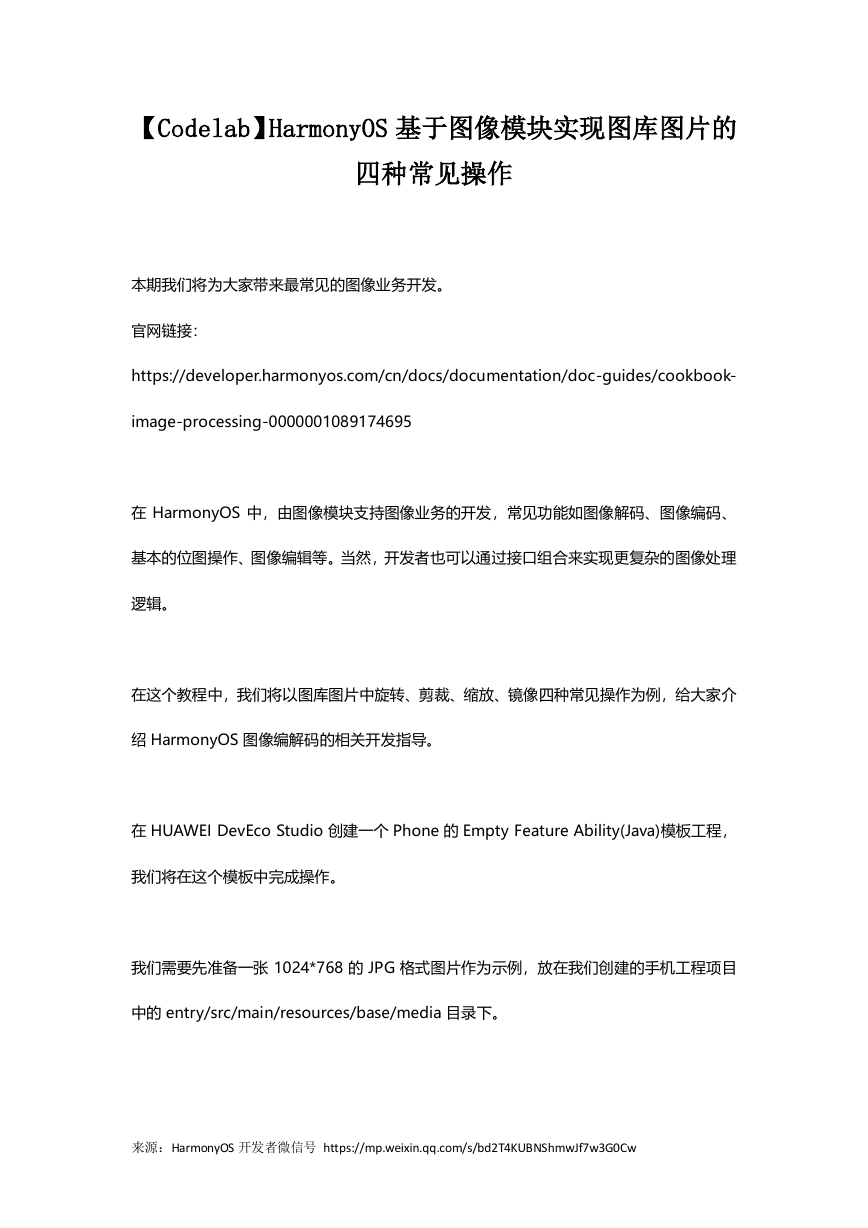 5-1.【Codelab】HarmonyOS基于图像模块实现图库图片的四种常见操作.pdf
5-1.【Codelab】HarmonyOS基于图像模块实现图库图片的四种常见操作.pdf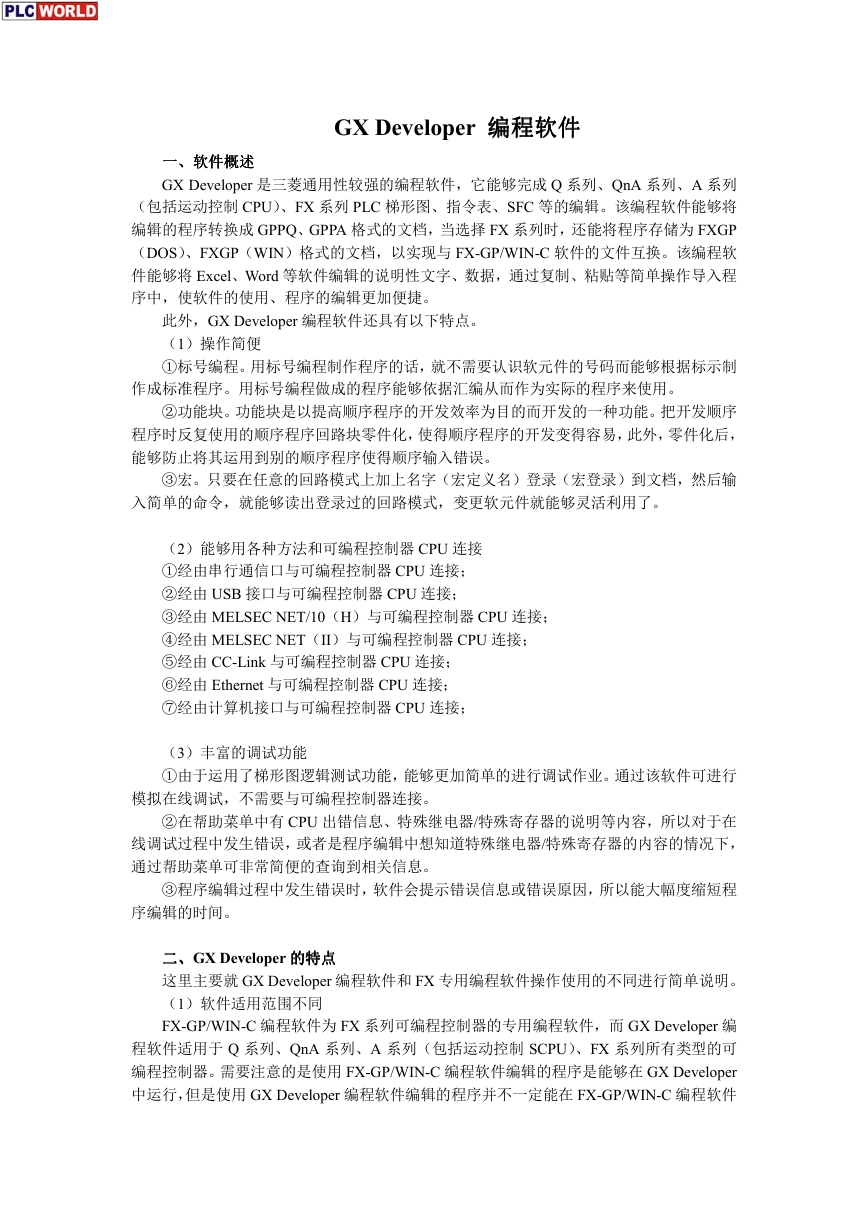 GX Developer 编程软件使用说明.pdf
GX Developer 编程软件使用说明.pdf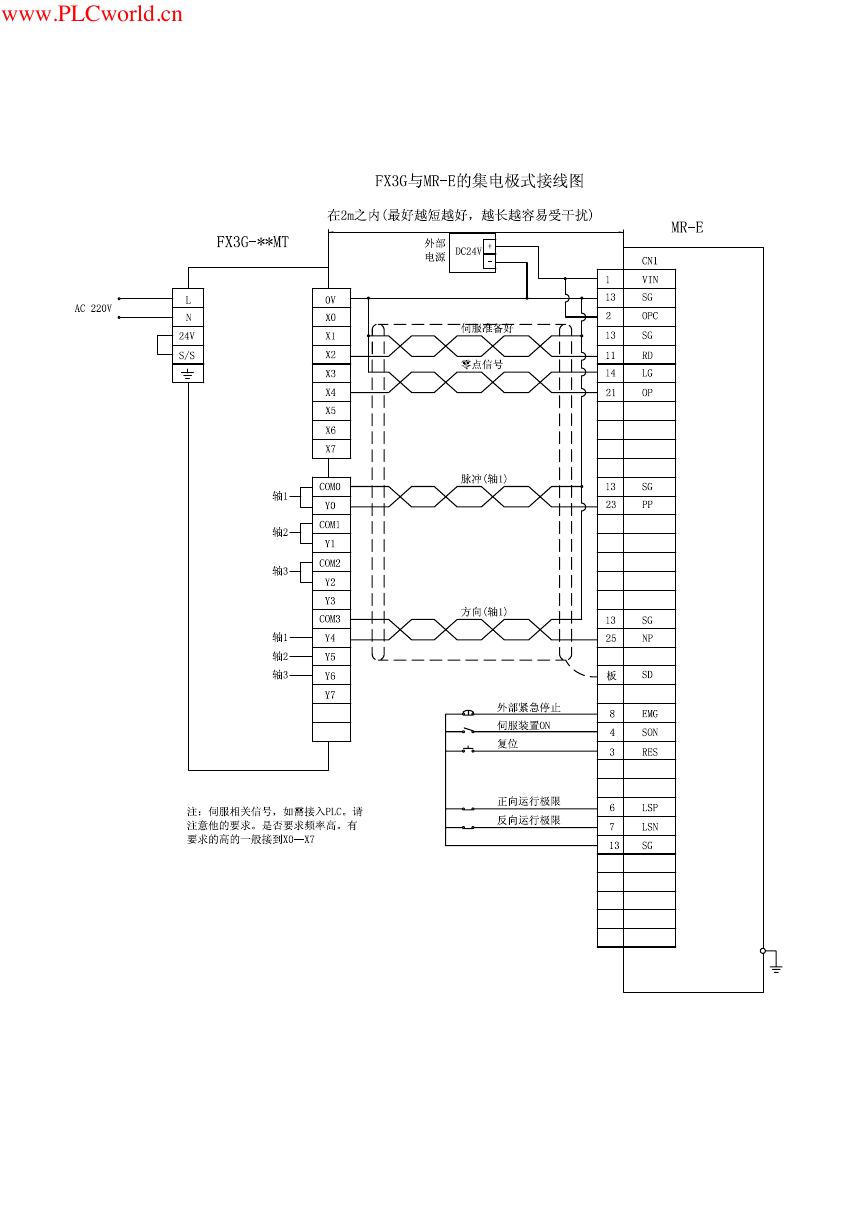 MR-E伺服与FX3G接线图.pdf
MR-E伺服与FX3G接线图.pdf ATK-NEO-6M GPS模块常见问题汇总_201400721.pdf
ATK-NEO-6M GPS模块常见问题汇总_201400721.pdf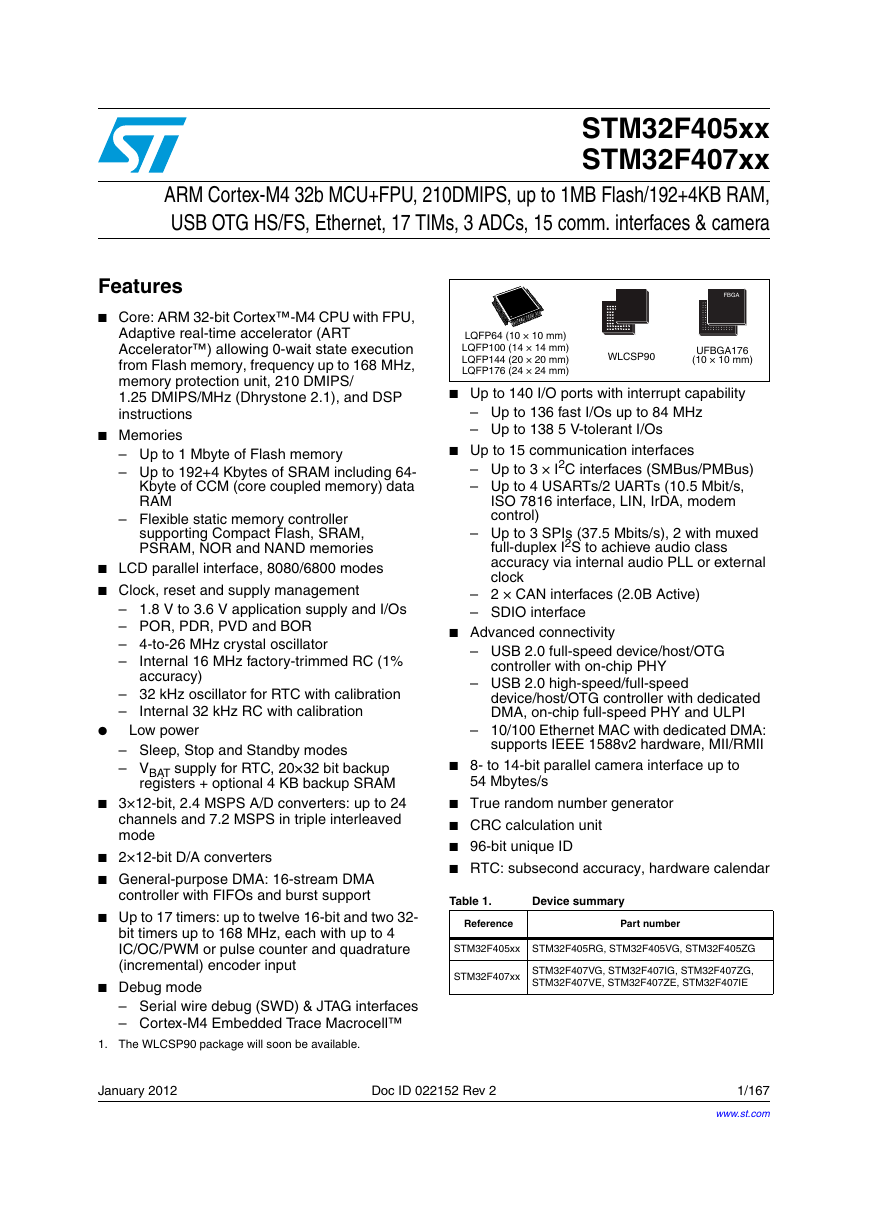 STM32F407ZGT6(芯片资料).pdf
STM32F407ZGT6(芯片资料).pdf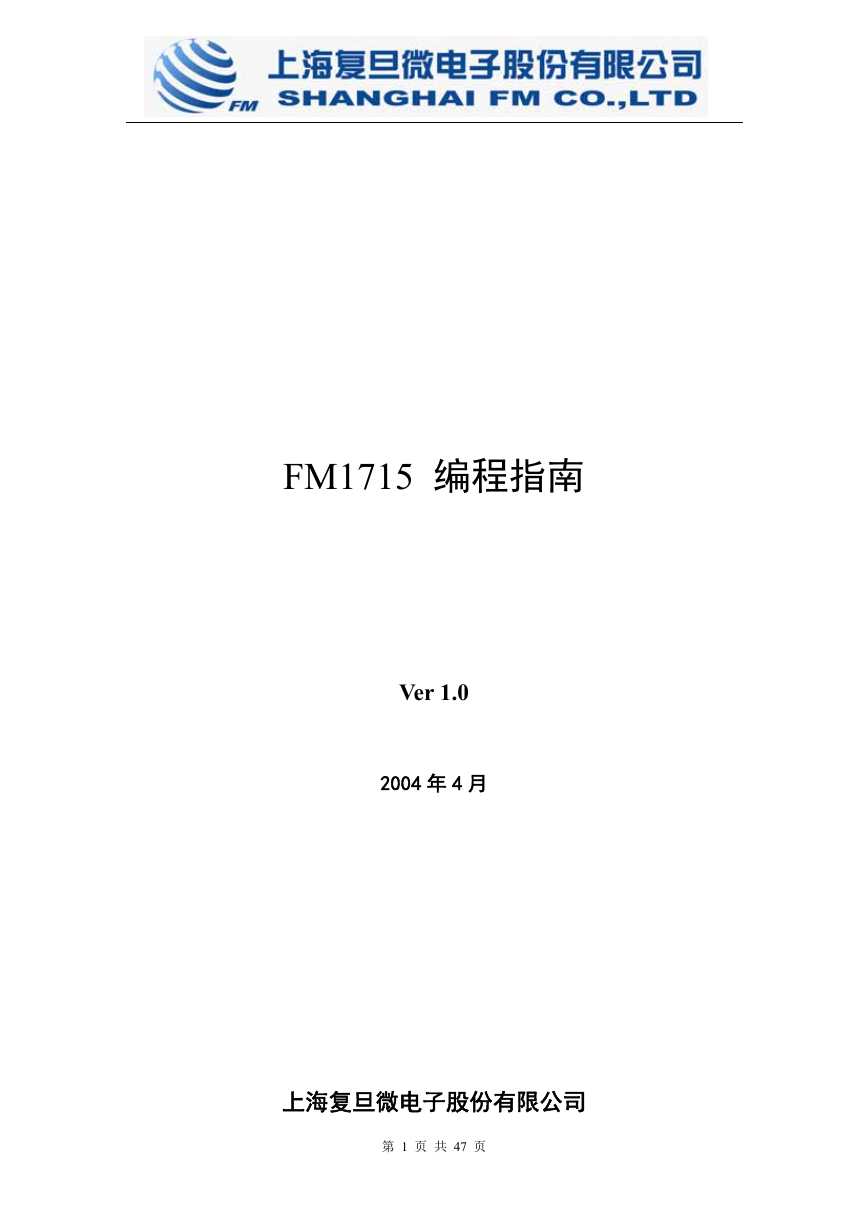 FM1715编程指南.pdf
FM1715编程指南.pdf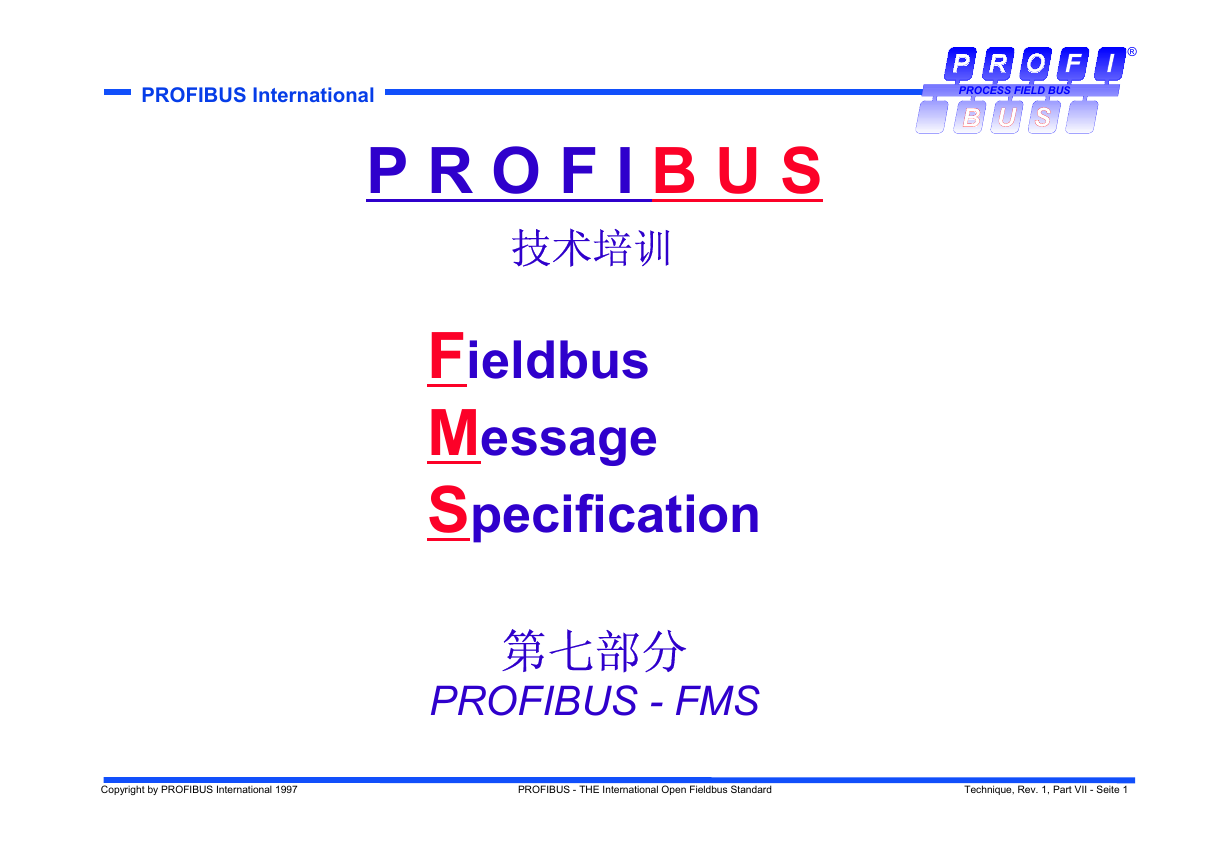 Profibus教程-7.PROFIBUS-FMS.pdf
Profibus教程-7.PROFIBUS-FMS.pdf